The accusation of Greenwashing is falling more and more frequently in recent years, which is why ambitious companies in particular want to Greenwashing avoid. The topic is comprehensive and does not offer simple but complex answers. This means that those responsible need to analyse the matter in depth in order to effectively avoid greenwashing. Despite this complexity, in this article we want to provide an introduction and simple guidance on what is important.
Contents
- Understanding your own impact
- Find out the stakeholder opinion
- Communicate transparently
- Improve sustainability performance and avoid greenwashing
- Providing evidence of sustainability
1. understand your own impact to avoid working on the wrong issues
Always Companies are often accused of greenwashing and they are surprised by it. This is what happens when they think they are working on Sustainabilitybut do not fully understand which topics are important to them.
Two examples of unintentional greenwashing:
- A company produces conventional plastic packaging. The internal sustainability team sets itself ambitious targets in terms of its own paper consumption, energy savings in the office, occupational health and safety in production and offsetting greenhouse gas emissions, achieves them and communicates these successes. An NGO accuses them of greenwashing because they are not working on their core business, petroleum-based plastic packaging. The sustainability team is surprised at first. After the initial shock, they take a closer look and realise: It is precisely in their core business that they have the greatest leverage to protect the environment and Human rights along the supply chain.
- Another company develops software for companies on a large scale. As the market develops, they are increasingly offering software that supports their customers in their own sustainability. The management already feels that this is sustainable and proudly tells customers about it. A long-standing and large customer also knows the company well internally and tells the management that they are greenwashing. They are shocked. The customer points out that the company does not use any renewable energy at its 12 locations, that the data centres also run on fossil fuels, that IT development services are purchased in India or Romania without checking the working conditions there and that the company's own consultants also work overtime to the limit. The management understands.
To avoid greenwashing, a company must first understand where the major impacts lie - both in the core business and in business operations or administration.
In order to avoid greenwashing, the company must therefore find out which sustainability issues are particularly important. The basis for this is a Materiality analysis. A partial element of this can also be a CO2 balance be. In a materiality analysis, the opportunities and risks relating to sustainability issues are analysed along the entire value chain. These are then evaluated and the result forms the basis for a Sustainability strategy.
Methods and best practice for sustainability in your mailbox

2. understand the opinion of stakeholders and thus avoid greenwashing
In addition to considering the effects as objectively as possible, the Stakeholders play a central role in avoiding greenwashing. The perspective of customers, the public and the company's own employees is particularly important. It is important to understand that the accusation of greenwashing almost always comes from these three groups. It is therefore important to understand these groups in depth:
- What do you actually mean by sustainability?
- Which sustainability issues are particularly important to you personally?
- Which sustainability issues do you find important for our company and why?
- What level of education do they have with regard to sustainability in the context of our company?
If we understand the stakeholders, we also understand how we can avoid greenwashing. Their opinions must be compared with the results of a materiality analysis. If they consider the same issues to be material, then these can be implemented accordingly. If they consider other topics to be important, this may mean, for example, that the company should explain to its own stakeholders why they can achieve more with other topics.
3. communicate transparently
Many companies want to avoid greenwashing by keeping a low profile and not disclosing too much information. However, this is hardly possible in our digital and networked world. In addition, critical customers and the public are fed up with the generalised, diplomatic wording used by many companies and want to see clear and detailed information instead.
What does transparent communication mean?
- Identify your own weaknesses in terms of sustainability. In this way, a continuous success story can be told over the years, in which the hurdles are overcome. After all, no company is perfect.
- Communicate clear facts and figuresIn particular, carbon footprints, water footprints, pay gaps, etc. create trust.
- Communicate goals and measuresCompanies can dare to name real goals against which they can be measured. Even if they don't achieve them, they have reason to communicate about them and even get ideas from outside.
- More prospective, less retrospectiveToo many companies only communicate what they have achieved in the past. However, the decisive steps are often still ahead of them. Why not communicate construction sites, action plans and steps up to 2035 transparently?
- Not just communicating about productsEspecially when companies launch a new green product line, this is usually focussed on. This is certainly interesting from a consumer perspective, but there are other stakeholders, such as investors and NGOs, who are interested in the disclosure of further information, e.g. targets for the remaining products and the company itself. A holistic view already makes sense for transparency purposes.
- Continuously involve stakeholders: The best way to avoid greenwashing and The key to making progress in terms of content is dialogue. This allows stakeholders to hear the story of how the company is tackling its challenges and even have a say in it. They become part of the process. This enables the company to win fans and customers for the new direction and secure the market at the same time.
4. improve your own sustainability performance and thus avoid greenwashing from the outset
Building on the Materiality and the requirements of the stakeholders, the important topics must now be implemented in a continuous process, including monitoring and further development. In the long term, any communication will become a bubble if the company does not really work on improving its sustainability performance.
For most companies, this means a Sustainability strategyto set up and implement a sustainability programme or similar. Another challenge is often the patience required. Truly anchoring sustainability in the company is a transformation process. This requires a focus on content and a change in culture. Employees need to be involved and empowered. In this way, a company can avoid greenwashing, especially in the long term.

Do you want to get out of your comfort zone and into the transformation?
Ask me for a free information meeting.
I am ready with advice and pleasure.
Toni Koç
Sustainability strategy and reporting topics
5. provide evidence
For many people, sustainability is still a complex and incomprehensible topic. It is therefore worth being able to provide evidence of sustainability, depending on the sector and objective. Especially through well-known Labels and seals you can avoid the accusation of greenwashing. But ATTENTIONIf a company only endeavours to obtain a seal in order to achieve quick success, it runs the risk of greenwashing! Numerous fashion chains that switch a few products to organic cotton in order to be able to use the GOTS label are a good example of this. Therefore, the acquisition of such certificates should be at the very end, when the content and communication work is on the right track.
Companies can use different types of evidence:
- Evidence for the entire company (e.g. on your environmental management system, on company-wide climate neutrality or on the use of a system such as BCorp or GWÖ)
- Product certificates (e.g. on origin from sustainable cultivation, energy efficiency or climate neutrality)
- Reporting standards: these provide interested stakeholders with a detailed insight into the sustainability performance and the Sustainability management and make both comparable with other companies
Conclusion: Avoiding greenwashing means working with content and communicating transparently
Avoiding greenwashing is not just a matter of content or communication, but both. A company must work ambitiously and credibly on the important sustainability issues. And it must effectively communicate its successes, future goals and hurdles. Ideally, companies should think about both together from the outset and strive to transform the company towards greater sustainability. More about Sustainability transformation in our guide.





[...] and to communicate this authentically and transparently in the next step. In our follow-up article, we show how greenwashing can be avoided [...]
[...] in external sustainability communication, we therefore recommend preventing greenwashing. This includes being transparent about hurdles and future goals [...]
[...] Then you are quickly accused of greenwashing. As a supplement, we recommend the article on how to avoid greenwashing [...]